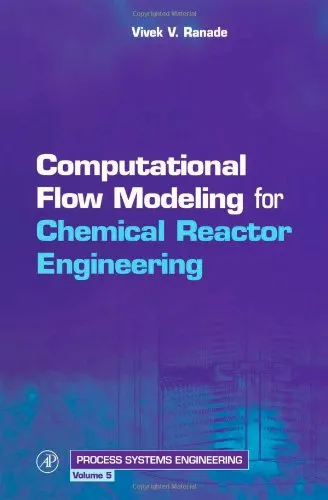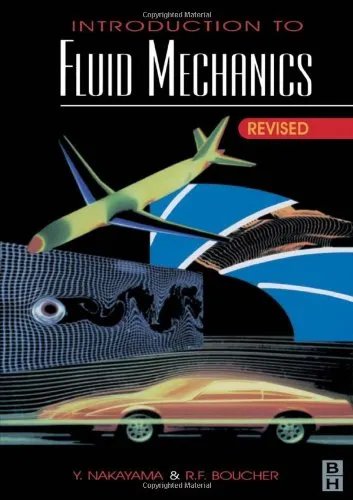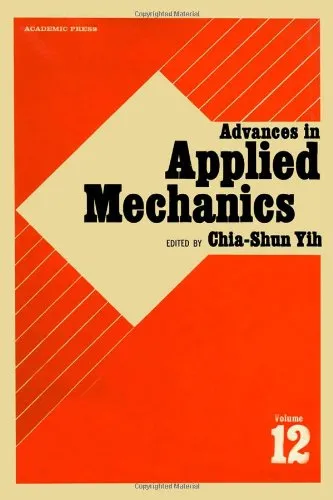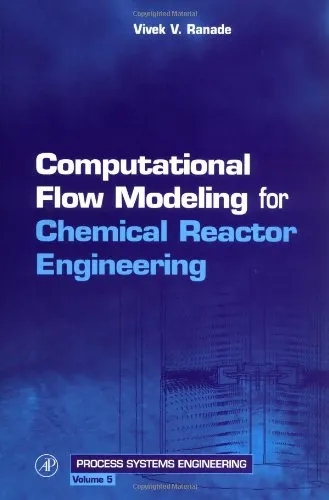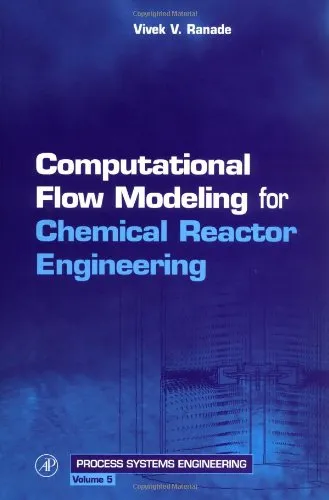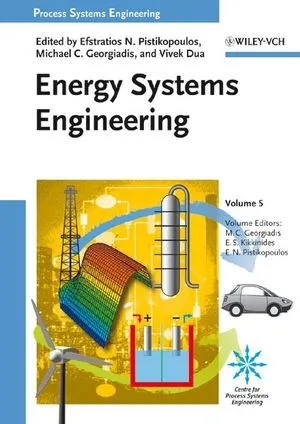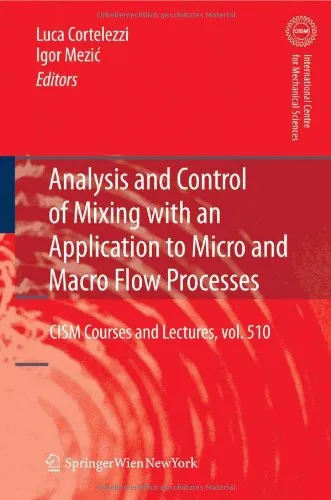Computational flow modeling for chemical reactor engineering
4.5
Reviews from our users

You Can Ask your questions from this book's AI after Login
Each download or ask from book AI costs 2 points. To earn more free points, please visit the Points Guide Page and complete some valuable actions.Related Refrences:
Welcome to the introduction of Computational Flow Modeling for Chemical Reactor Engineering, a pioneering work authored by Vivek V. Ranade. This book represents a significant leap forward in the understanding and application of computational tools to tackle the intricate challenges of chemical reactor engineering. Through rigorous research, practical insights, and advanced modeling techniques, this book empowers scientists and engineers to enhance reactor design, optimize processes, and decode complex fluid dynamics.
Detailed Summary of the Book
Computational Flow Modeling for Chemical Reactor Engineering bridges the gap between theoretical flow dynamics and practical reactor engineering. The book introduces readers to the fundamentals of computational fluid dynamics (CFD) while contextualizing its applications in chemical reactors. It explores various types of reactor designs, including stirred tanks, bubble columns, and packed bed reactors, accompanied by detailed discussions on their flow patterns, mixing mechanisms, and performance efficiencies.
The book is divided into thoughtfully structured sections, each progressing from basic principles to advanced applications. It starts with an overview of chemical reactor engineering challenges, followed by methodologies to simulate reactor flows using numerical models. Special focus is given to boundary conditions, turbulence models, multiphase flows, and reaction kinetics. These aspects are brought to life with real-world case studies and sample computations, making the book both practical and academically enriching.
By emphasizing the synergy between computational tools and chemical reactor design, Vivek V. Ranade provides a fresh perspective on achieving scalable industrial solutions. Readers are equipped with the skills to interpret CFD results and apply them to solve real-world problems, fostering innovation and efficiency in engineering processes.
Key Takeaways
- Comprehensive foundation on computational fluid dynamics (CFD), tailored for reactor engineering applications.
- Step-by-step guidance on setting up simulation frameworks, with insights on software tools and modeling techniques.
- Detailed examination of various reactor designs, including continuous stirred tank reactors, bubble columns, and fixed bed reactors.
- Exploration of turbulence modeling, multiphase flow phenomena, and reaction kinetics through illustrative examples.
- Emphasis on practical case studies to bridge the gap between theory and industry practices.
- Strategies for achieving scalability, better efficiency, and sustainability in chemical processes.
Famous Quotes from the Book
"Understanding the complex interplay of flow dynamics, heat transfer, and reaction kinetics is fundamental to the successful design and operation of chemical reactors."
"Computational modeling offers a window into the invisible world of fluid movements, enabling engineers to innovate with confidence."
"The power of digital tools lies not only in their ability to simulate the present but also in their capability to predict, optimize, and transform the future."
Why This Book Matters
In an era where industrial processes are rapidly transforming through digitalization, Computational Flow Modeling for Chemical Reactor Engineering is more relevant than ever. The book provides practical tools and insights to address pressing challenges like sustainability, efficiency, and scalability in chemical engineering. By fostering a deeper understanding of CFD and its application to reactor design, professionals can unlock unlimited potential to innovate and lead in their respective fields.
It also holds immense value for academics, researchers, and students. The book serves as a foundational text for anyone eager to master the interplay of computational tools and chemical reactors. Furthermore, it equips readers to contribute to cutting-edge advancements in industries ranging from petrochemicals to pharmaceuticals. As global industries strive to innovate sustainably, this book prepares its audience to be at the forefront of progress.
Free Direct Download
You Can Download this book after Login
Accessing books through legal platforms and public libraries not only supports the rights of authors and publishers but also contributes to the sustainability of reading culture. Before downloading, please take a moment to consider these options.
Find this book on other platforms:
WorldCat helps you find books in libraries worldwide.
See ratings, reviews, and discussions on Goodreads.
Find and buy rare or used books on AbeBooks.
1189
بازدید4.5
امتیاز0
نظر98%
رضایتReviews:
4.5
Based on 0 users review
Questions & Answers
Ask questions about this book or help others by answering
No questions yet. Be the first to ask!
